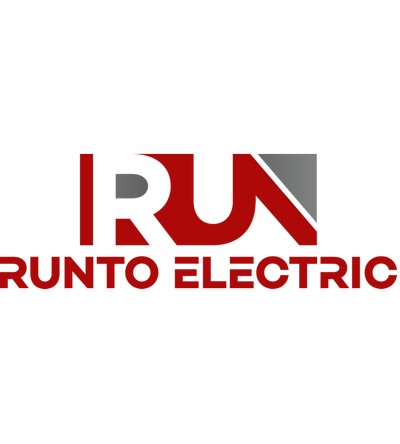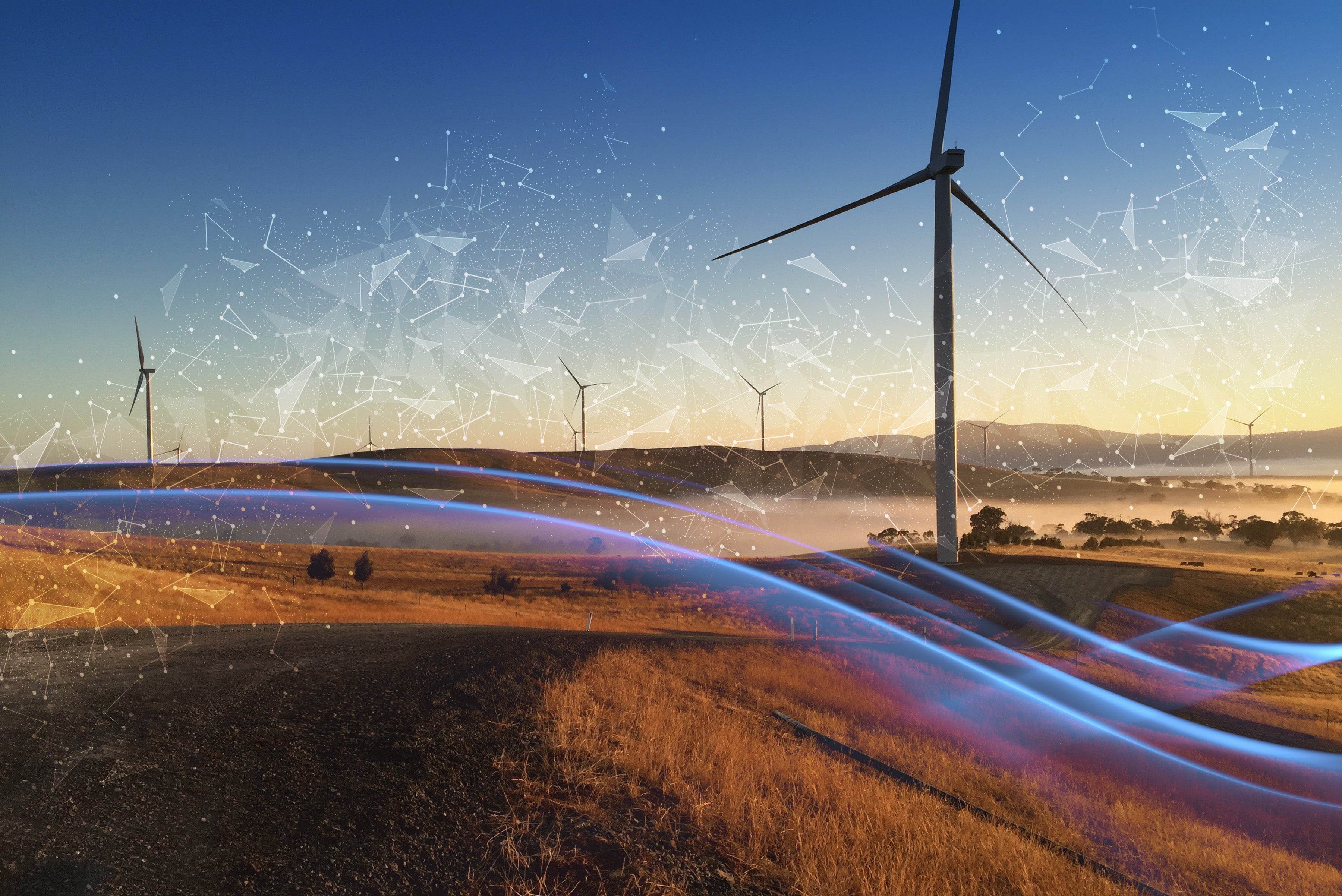Market Outlook: Rapid Growth Fueled by Decarbonization and Renewable Expansion
The global hydrogen electrolyzer rectifier market is projected to reach USD 1.1 billion by 2031, expanding at a compound annual growth rate (CAGR) of 34.2% from 2025 to 2031. This surge reflects strong policy support for decarbonization, increased investment in renewable energy infrastructure, and the scaling of domestic manufacturing. As industrial automation systems increasingly integrate green hydrogen solutions, rectifiers play a pivotal role in enabling efficient power conversion and control.

Technology Focus: Rectifiers as Core Components in Hydrogen Electrolysis Systems
Hydrogen electrolyzer rectifiers convert alternating current (AC) into direct current (DC), supplying stable voltage for water electrolysis. This process splits water into hydrogen and oxygen, supporting applications in fuel cells, energy storage, and factory automation. In control systems such as PLC and DCS, rectifiers ensure precise voltage regulation and system safety. Their integration into industrial automation platforms enhances operational reliability and energy efficiency.
Market Segmentation: Thyristor Dominance and IGBT Acceleration
Thyristor-based rectifiers currently lead the market with a 69% share due to their robustness and cost-effectiveness. However, IGBT (Insulated Gate Bipolar Transistor) rectifiers are gaining traction for their superior switching speed and efficiency, especially in dynamic control environments. As smart factories adopt more responsive control systems, IGBT rectifiers may become the preferred choice for next-generation hydrogen production modules.
Application Landscape: Alkaline Electrolyzers Lead Industrial Demand
Alkaline electrolyzers account for over 84% of rectifier demand, driven by their maturity and scalability in industrial settings. These systems are widely used in large-scale hydrogen plants and integrated with factory automation platforms. Their compatibility with existing industrial control architectures makes them a reliable choice for manufacturers transitioning to green energy.
Competitive Dynamics: Key Players and Market Concentration
Leading manufacturers include ABB, Siemens, Hubei Green Power, Dynapower, Sungrow Power Supply, and AEG Power Solutions. In 2024, the top five companies captured approximately 60% of global market revenue. Their dominance reflects strong R&D capabilities, global supply chains, and integration expertise in industrial automation and power electronics.
Industry Commentary: Strategic Implications for Automation Professionals
The rapid growth of hydrogen electrolyzer rectifiers signals a shift in industrial automation priorities. Engineers and product strategists must consider how rectifier technologies align with broader control system architectures. Moreover, the convergence of green energy and automation demands cross-disciplinary expertise in power electronics, regulatory compliance, and system integration.
From a product analyst’s perspective, the rise of IGBT rectifiers offers opportunities for modular design and enhanced control precision. However, cost and compatibility remain key considerations. Manufacturers should evaluate lifecycle performance, maintenance requirements, and integration with existing PLC/DCS platforms before transitioning.
Application Scenario: Integrating Rectifiers into Smart Hydrogen Plants
In a smart hydrogen production facility, rectifiers interface with PLC-based control systems to regulate voltage and monitor electrolysis efficiency. For example, ABB’s rectifier modules can be configured with SCADA platforms to enable real-time diagnostics and predictive maintenance. This integration supports energy optimization, reduces downtime, and ensures compliance with safety standards.

